Who Are the Sea Gypsies?
The Sea Gypsies of Malaysia—more formally known as the Bajau Laut people—are an ethnic group who have lived much of their lives entirely on water. For generations, they’ve roamed the seas between Malaysia, the Philippines, and Indonesia, living in houseboats or stilt homes just above the surface of the ocean.
Some are truly stateless, with no passports, ID cards, or access to healthcare or education. They are, in many ways, citizens of the sea—forgotten by modern systems, yet deeply connected to the rhythm of tides and fish.
Today, many Bajau Laut live near Semporna in Sabah, Malaysia, in floating villages or huts raised above shallow reefs. Though a growing number are no longer nomadic, they still rely on fishing, trading, and freediving—largely disconnected from electricity, plumbing, or formal education.
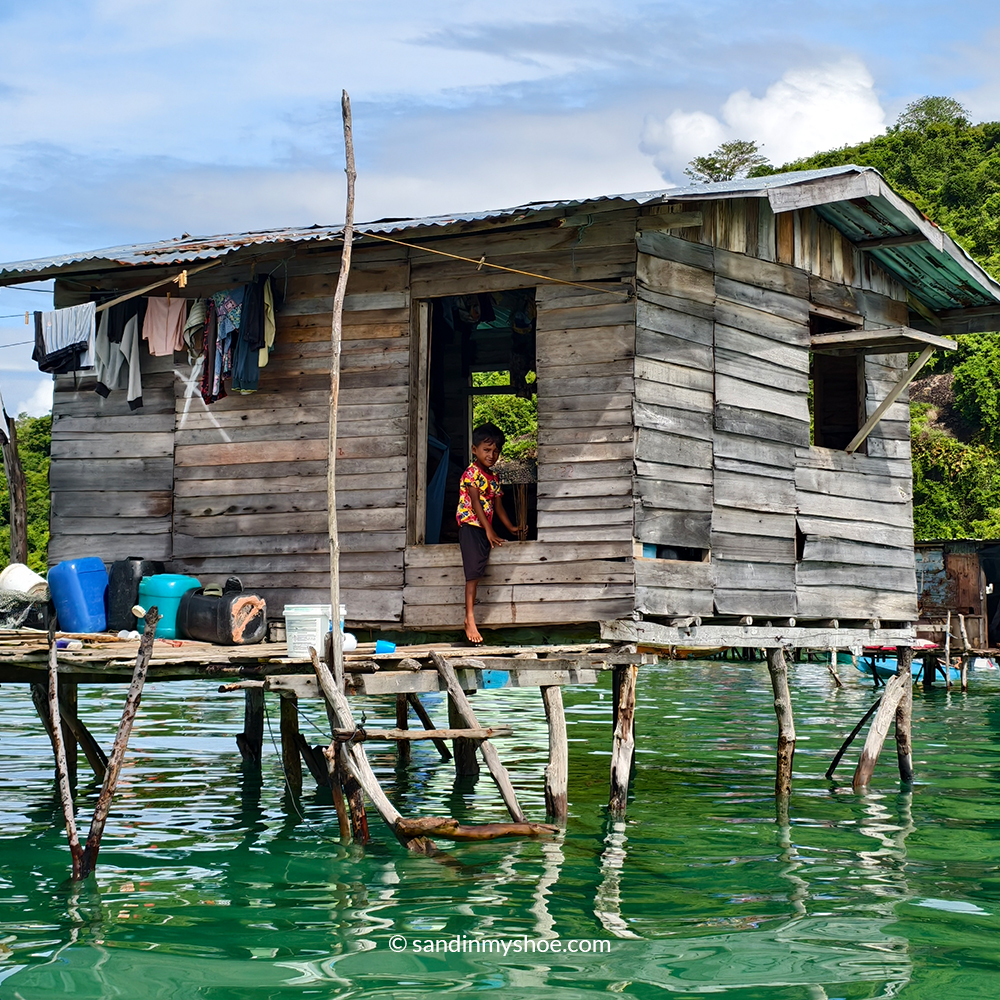
The Sea Nomads Who Evolved to Dive
The Bajau Laut aren’t just culturally fascinating—they’re biologically unique. In 2018, a scientific study published in Cell found that the Bajau Laut people had enlarged spleens, up to 50% larger than average. This trait, driven by genetic mutation, improves their ability to dive and hold their breath underwater for extended periods—some up to 10 minutes.
Their lives quite literally shaped their bodies: the best divers were the most successful fishers, and over time, their physiology changed. Evolution in action—driven by survival under the sea.
Why I Wanted to Visit the Sea Gypsies of Malaysia
What intrigued me most about the Sea Gypsies of Malaysia was their detachment from modern life. The Bajau Laut people have resisted the pull of the mainland, continuing to live as they have for centuries, despite the pressures of modernization. They thrive in their own community, and I wanted to experience their way of life firsthand.
For example, while most 13-year-olds are glued to their phones, some Bajau children are free-diving for fish, playing in the water, and living in tight-knit communities far from the structures we call “ordinary.”
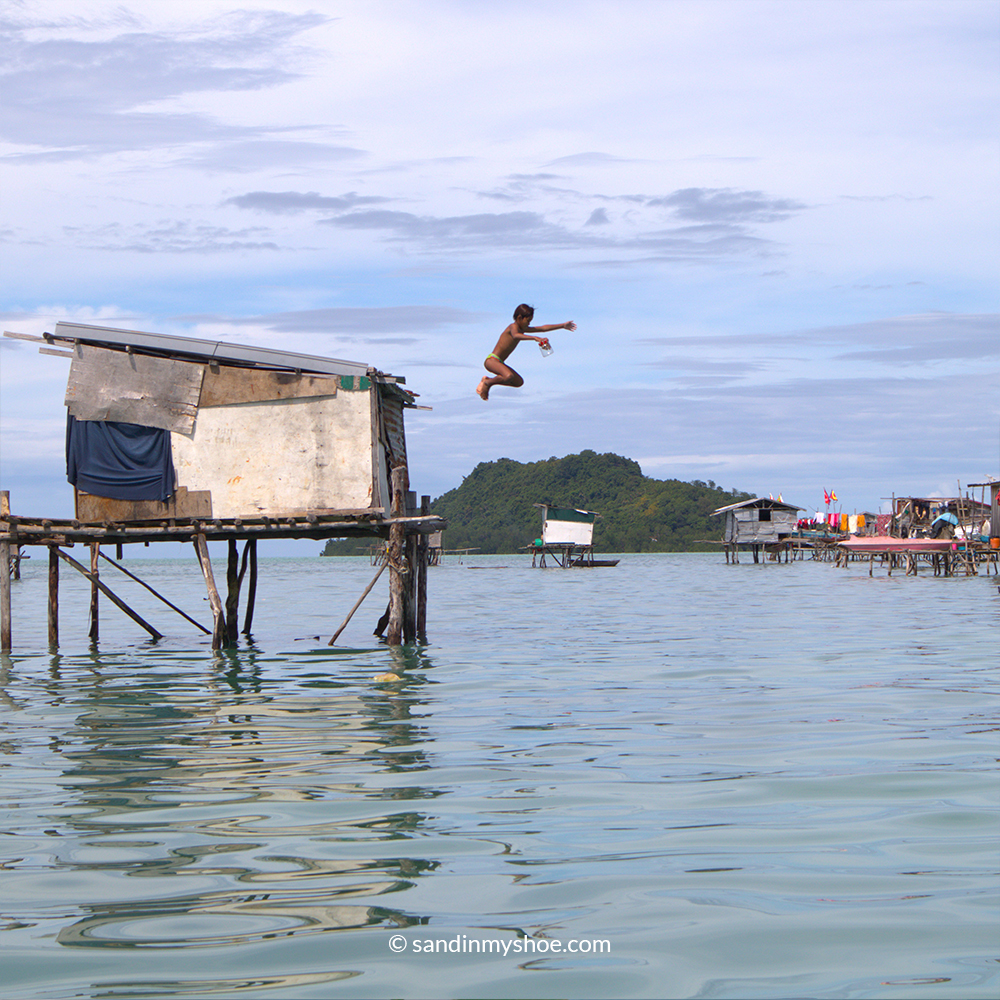
Having spent time traveling across Malaysia, I had come to appreciate its diversity—its cities, its jungles, its beaches. But I wanted something different, something raw, and something that most tourists would never see. And so, my quest to find the Sea Gypsies of Malaysia began.
The Risks of the Visit
There were risks. Some years ago, the area had reports of kidnappings for ransom, especially near the Philippines border. But I did my homework: read up online, spoke with locals, and felt that the Sea Gypsies of Malaysia was safe enough, especially if I avoided certain islands.
I also had to organize everything by myself. No agencies. No tourist help desks. Just me and the docks, hoping to find a reliable captain—not an easy task when you don’t speak the local language and some boatmen are clearly high on amphetamines.
My Experience
After doing my research, I learned that some Sea Gypsies now live on the islands outside of Semporna. When I landed in Kota Kinabalu, I took a 12-hour bus ride to Semporna. The roads were mostly good, with a few bumps here and there. I was traveling with a bunch of locals and a couple of other tourists.
Arriving in Semporna, the town itself was quite dirty, but the people were friendly. I got the advice to be careful in certain areas, but after exploring them as well—they seemed fine—as long as I brought my common sense with me and trusted my gut.
While in Semporna, I quickly realized, as I had suspected that there actually no tours whatsoever available to see the Sea Nomads. So, I had to figure it out on my own.
Finding a Captain
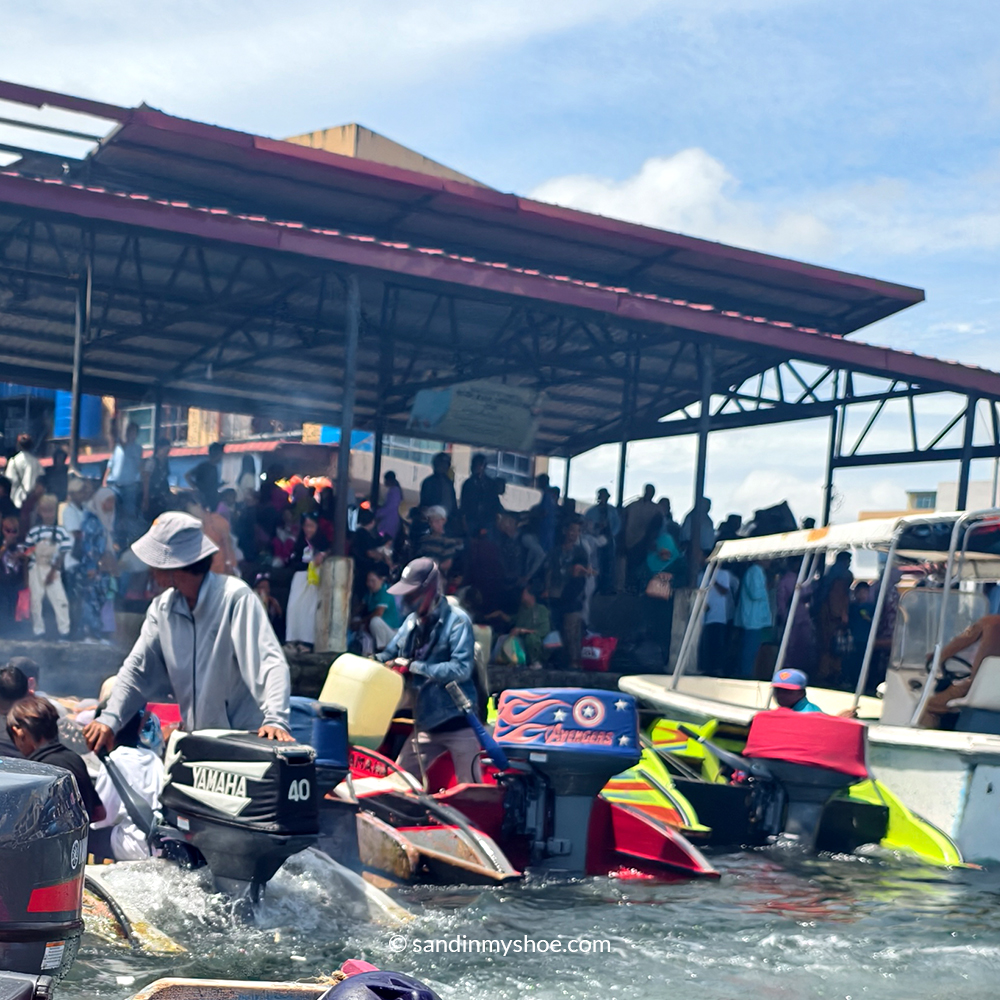
The next step was figuring out where the Sea Gypsies of Malaysia actually were situated and how to reach them. I spent a few hours wandering around town, talking to locals, and scoping out the harbor. One thing became very clear: I needed a boat to reach them.
I approached a boatman, but almost immediately, I felt something wasn’t right. He was jumpy, speaking in an odd, fast manner, and kept asking for more than I was willing to pay. His prices were unreasonable, and every time I tried to haggle, he would raise his offer rather than budge.
As I walked around talking to others, I noticed that he was following me. His behavior became more concerning when, out of nowhere, he threw a Coca-Cola can into the ocean. That small act sealed my decision to walk away. I didn’t want to be out on the open sea with someone who didn’t seem stable.
Later, after some local conversations, I learned there was a methamphetamine problem in the area. It turned out, the boatman had most likely been high, and his erratic behavior was a clear sign of it. This was a reminder of why trusting your instincts is so important when traveling.
The Right Captain
Thankfully, after a bit more research and speaking with locals, I found a trustworthy captain—a calm, reliable man with a small pink boat. After negotiating, we agreed on a price of $20 for the trip to Pulau Maiga, a nearby island where I had been told the Sea Gypsies lived.
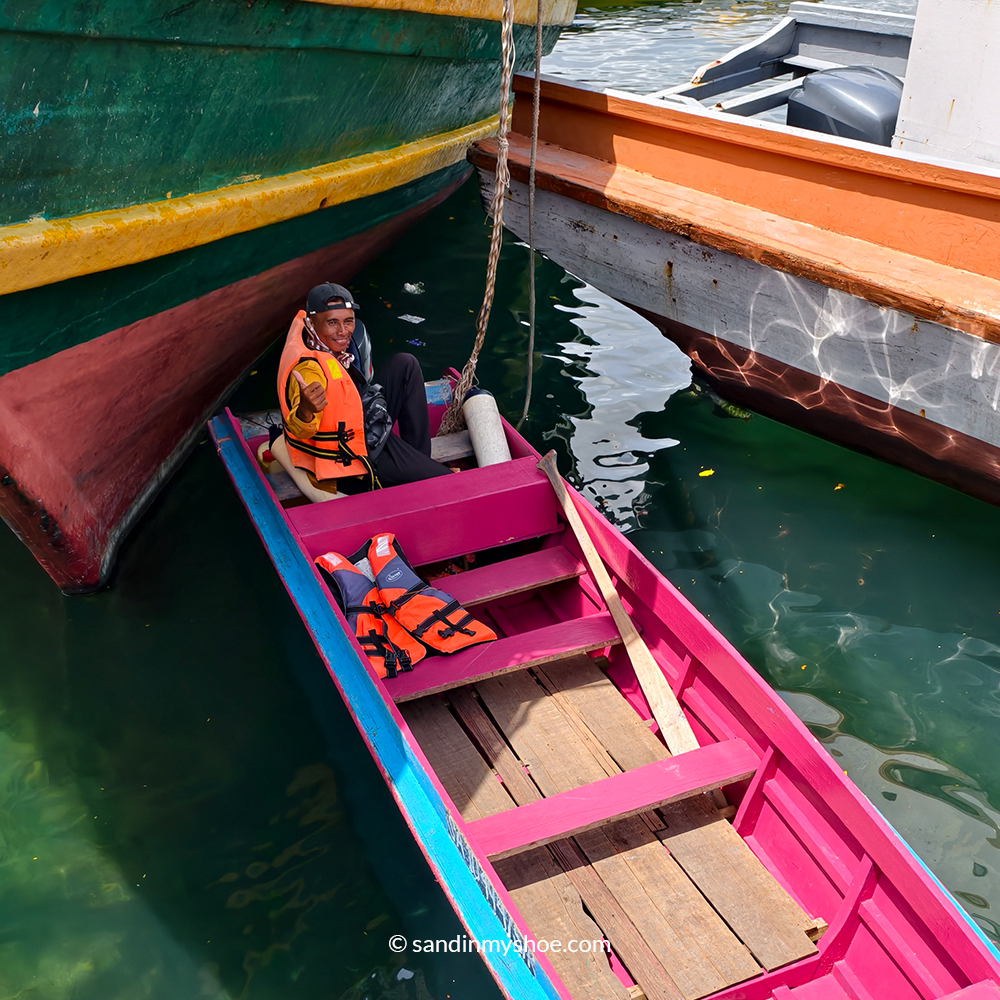
The Disappointment of Pulau Maiga
The next morning, I met the captain at the dock at 9 a.m., and we started our bumpy ride toward Pulau Maiga.
When we finally arrived at Pulau Maiga, I realized I had been chasing old information. The island was beautiful—white sand, palm trees, paradise vibes—but there were no Sea Gypsies. They had been moved. This island used to be one of their homes, but they had since been relocated to another place.
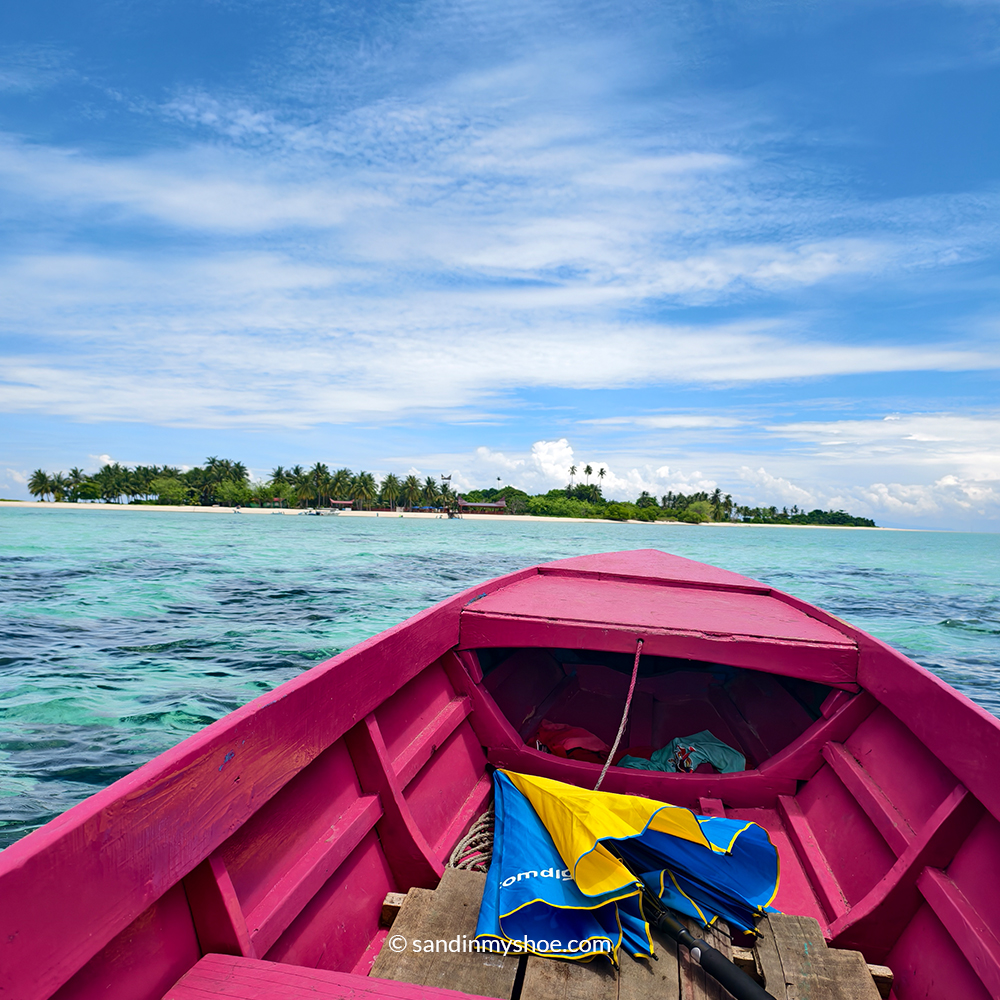
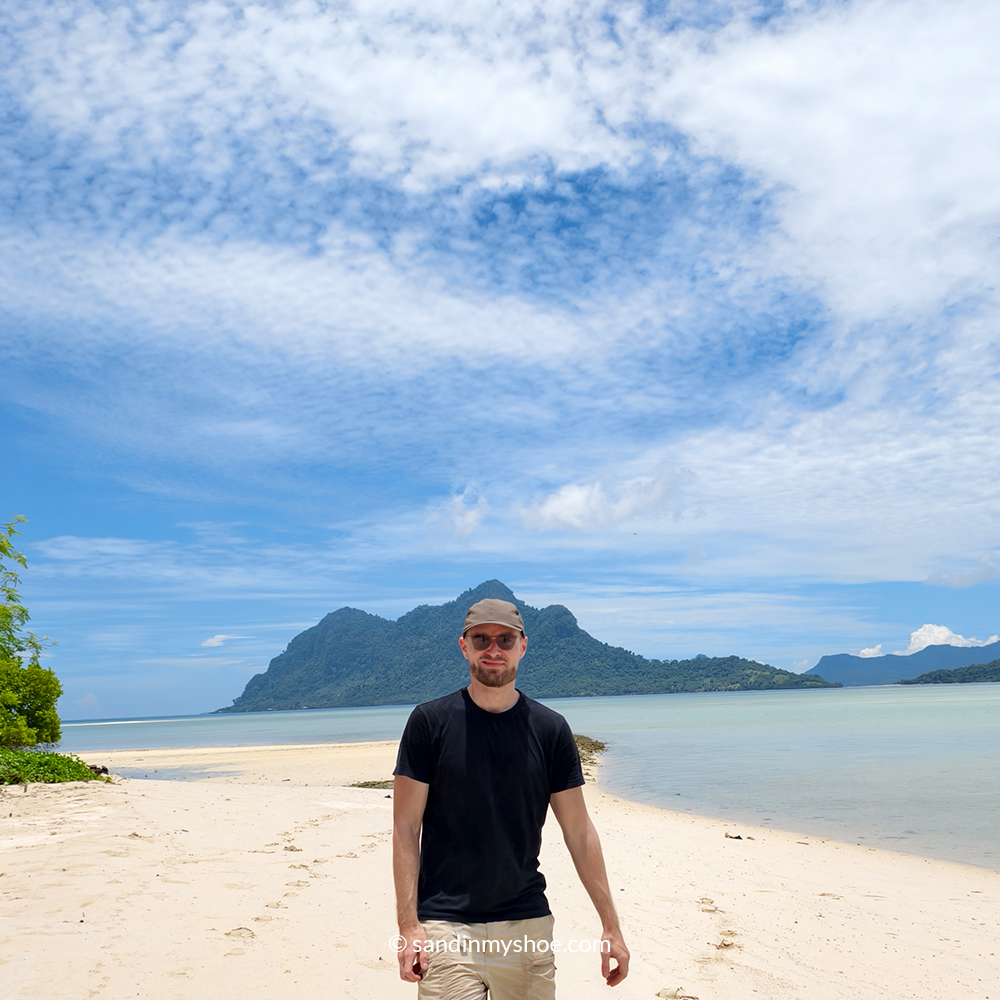
So, I spent some time relaxing on the beach, sunbathing and enjoying the view.
Later we turned back toward Semporna and that’s when the tide caught us. The boat got stuck in extremely shallow water—barely 20 centimeters deep in some places. The captain and I had to jump out and push the boat ourselves. It was a bit exhausting, but I enjoyed every bit of the moment.
As we struggled through the low tide, I had to watch my step—starfish were scattered across the sandy bottom. The surrounding islands shimmered in the distance, and the crystal-clear sea lay still and silent.
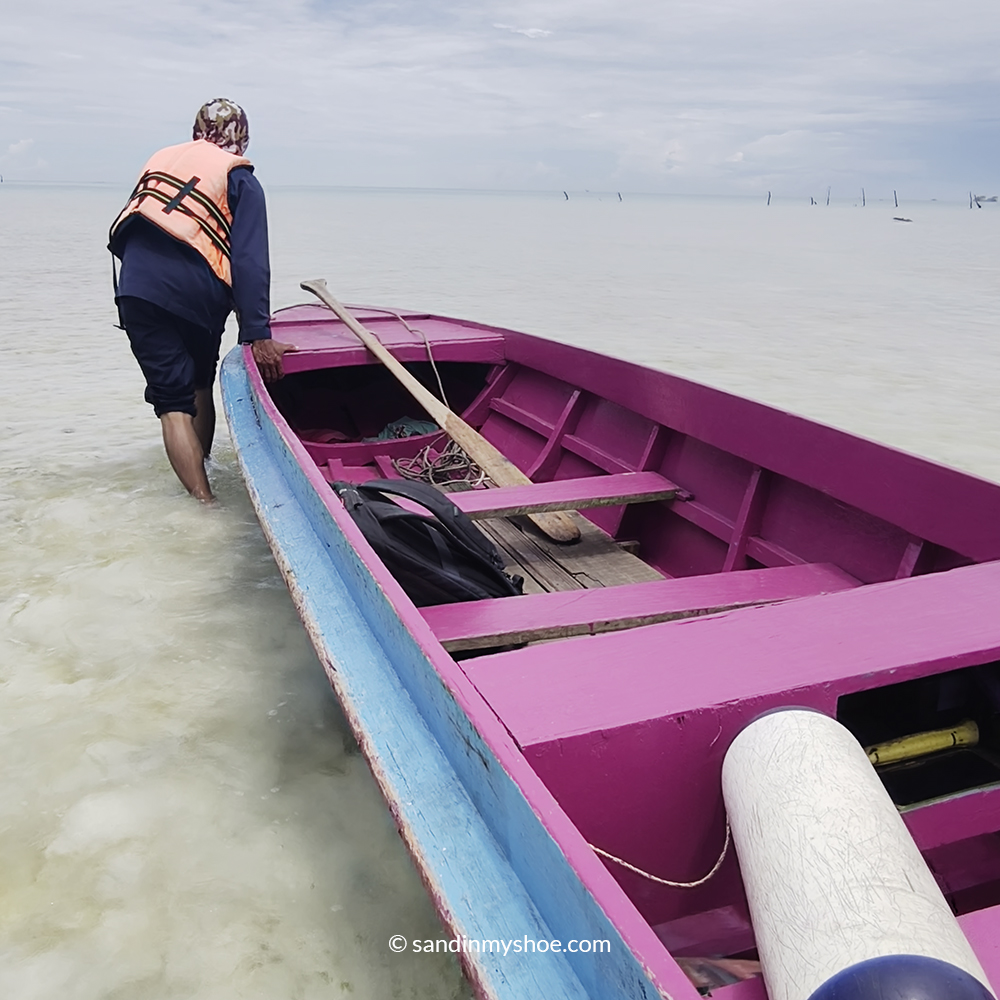
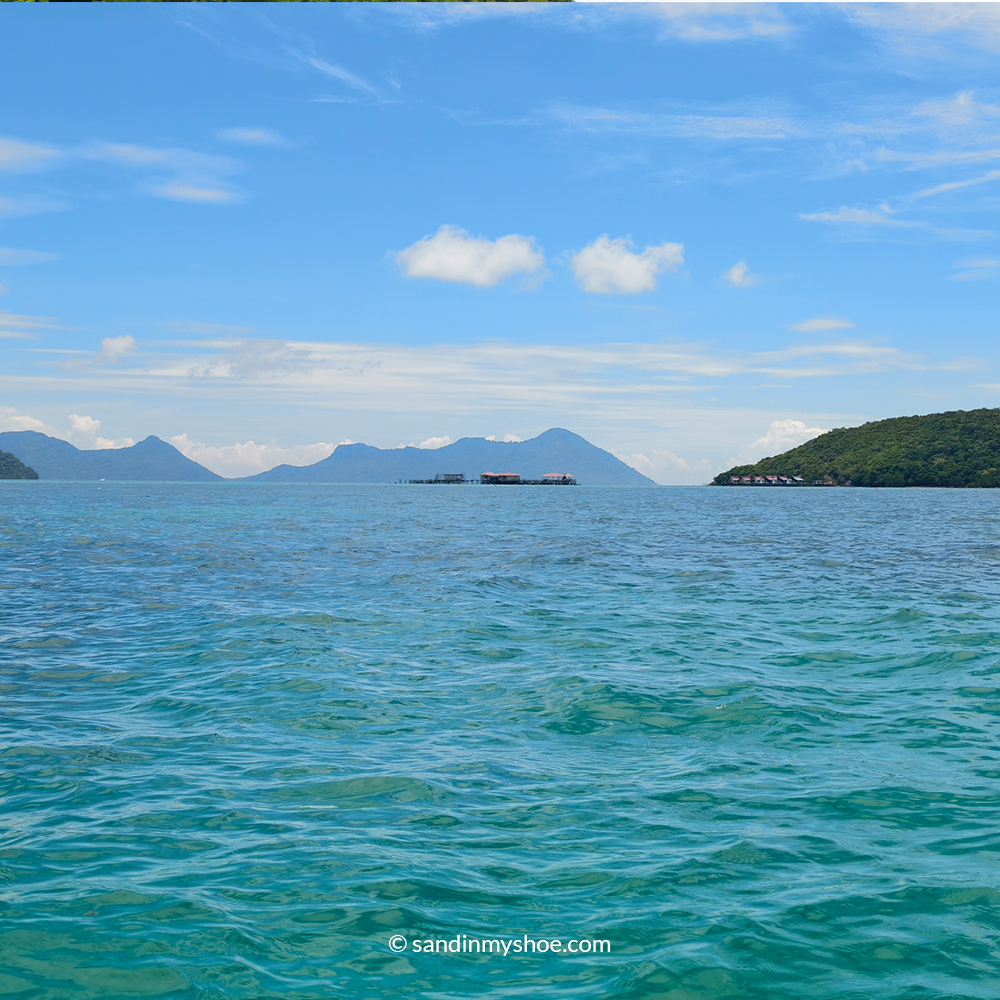
In that serene moment, with the quiet shallows around me and beautiful islands on the horizon, I almost forgot the disappointment of not finding the Sea Gypsies of Malaysia.
Almost.
New Information and a Change of Plans
Back in Semporna, I did more research and found some more up-to-date information. Pulau Menampulik, not Pulau Maiga, was where the Sea Gypsies had relocated. Armed with this new knowledge, I contacted the same captain and we set off again the following day.
As we approached Pulau Menampulik, my heart began to race with excitement. The first glimpse of the huts on stilts emerging from the water filled me with an overwhelming sense of joy. I could hardly wipe the smile off my face. This was it—the moment I had been waiting for.
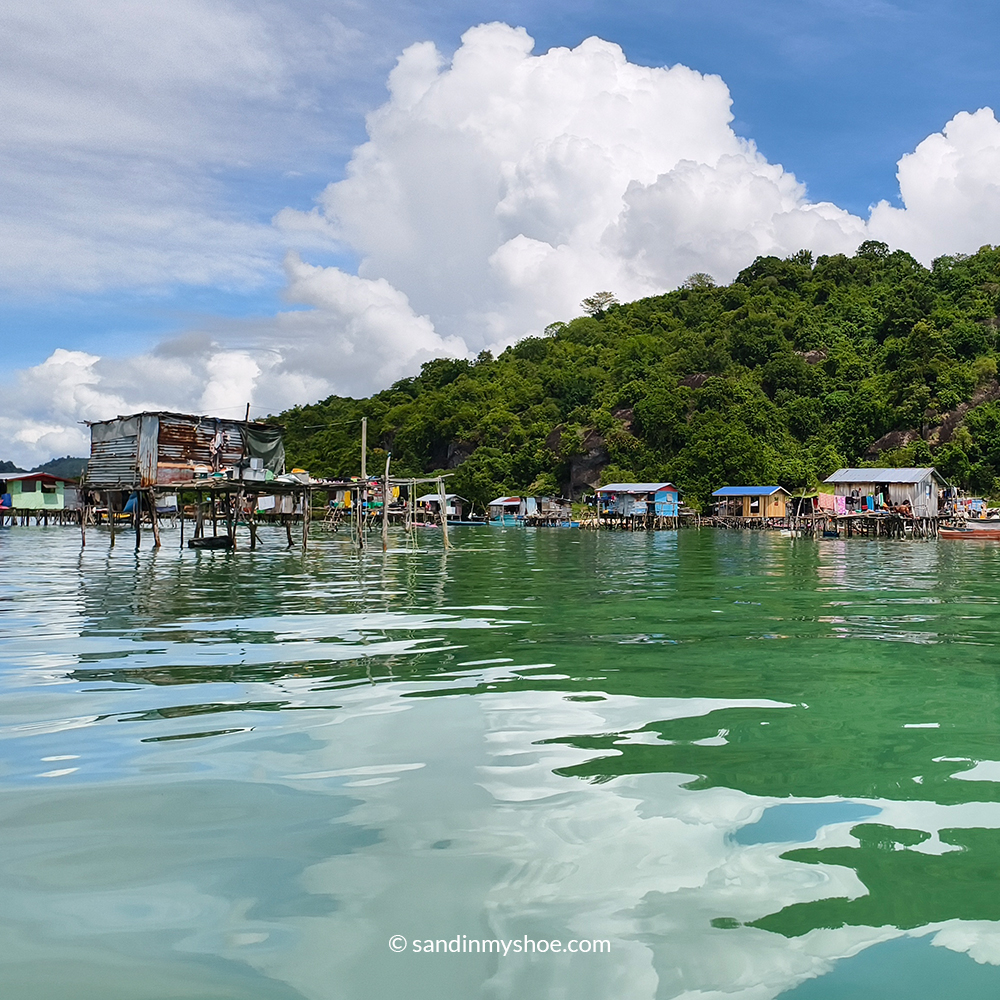
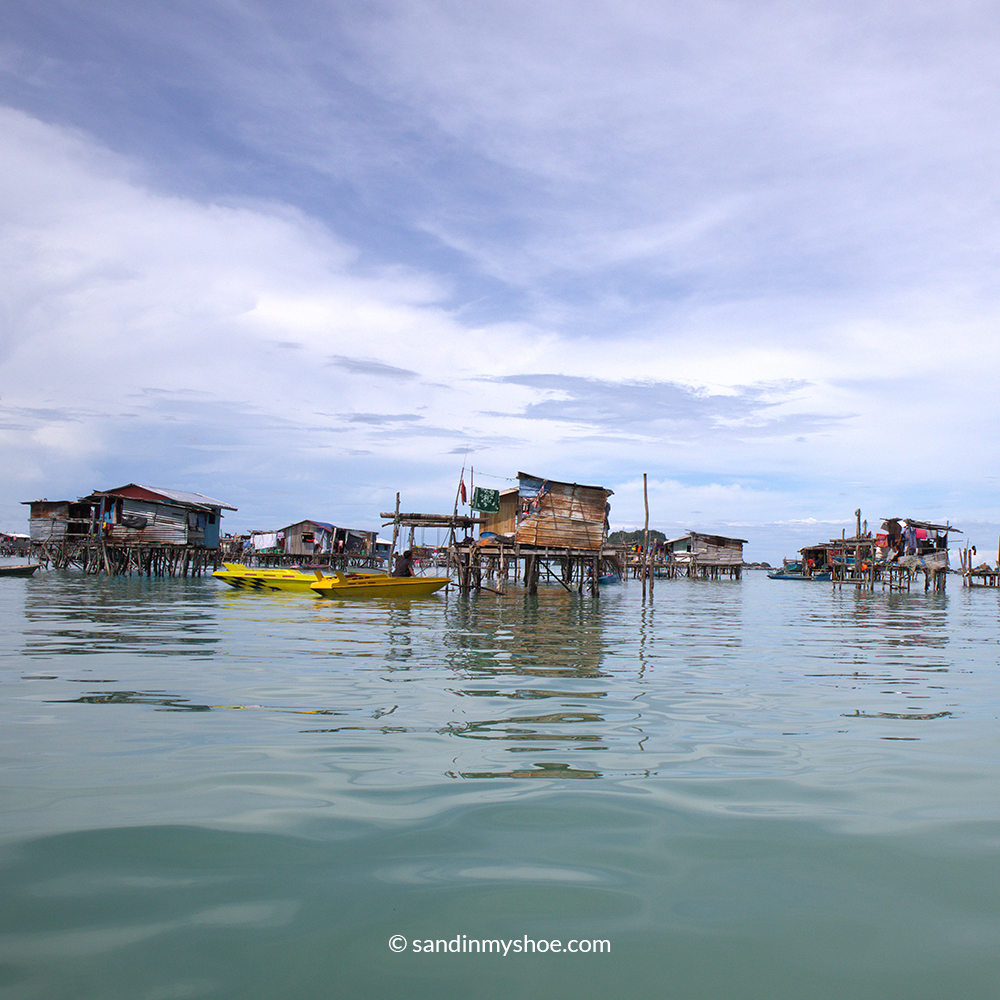
Arriving at the Sea Gypsy Village
As we got closer, the village began to reveal itself more clearly. The stilts of the homes were sturdy, standing strong against the tide.
The sounds of children playing echoed in the air—laughter as they splashed in the water, jumping from the docks and diving into the clear, turquoise depths. I could see one man working on his hut, carefully hammering nails into the wood with the backside of an axe, constructing his home with simple tools and an unwavering focus. It was beautiful, and the simplicity of their lives was humbling.
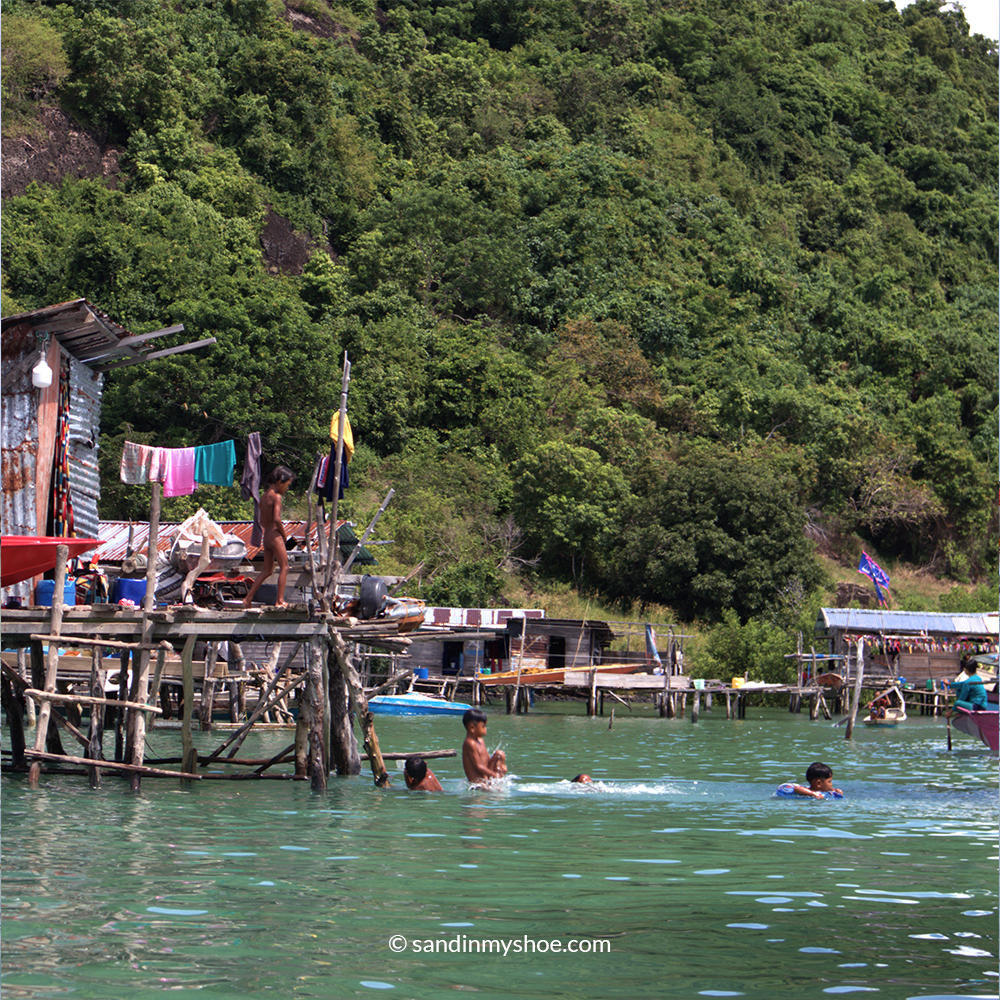
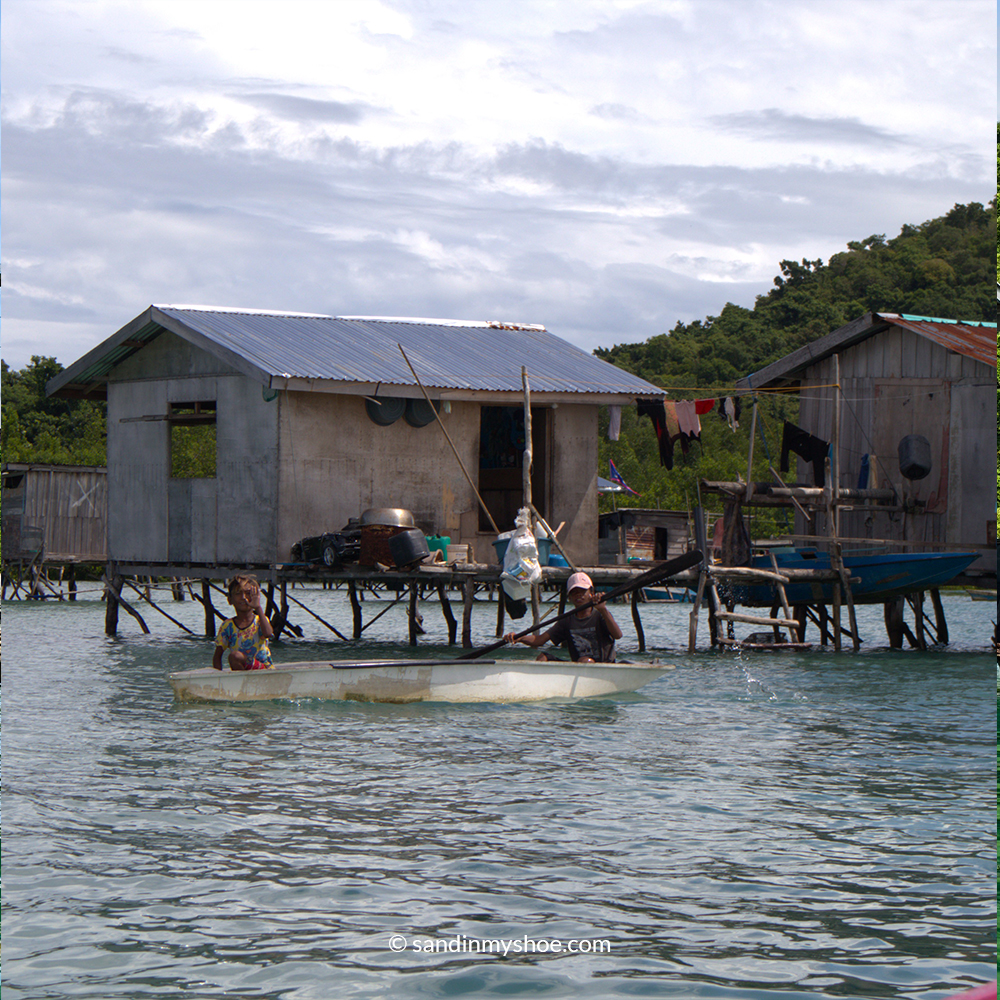
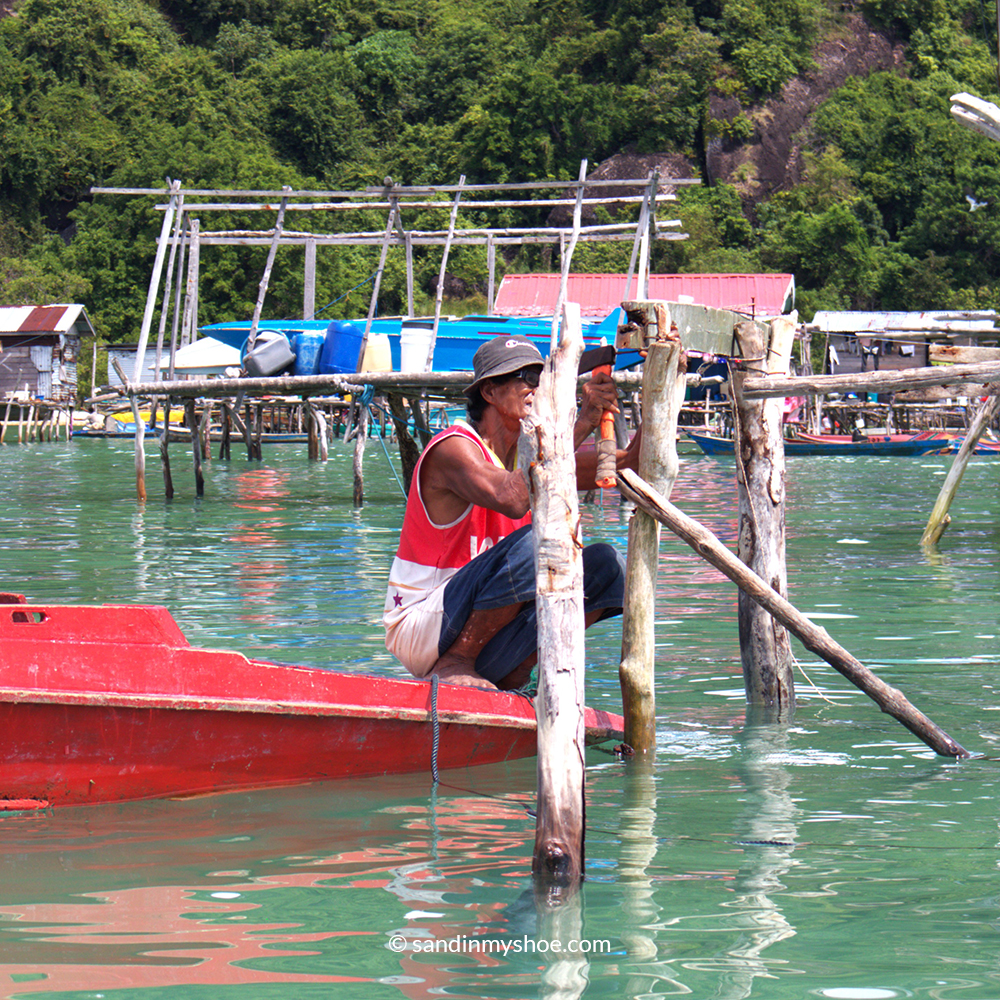
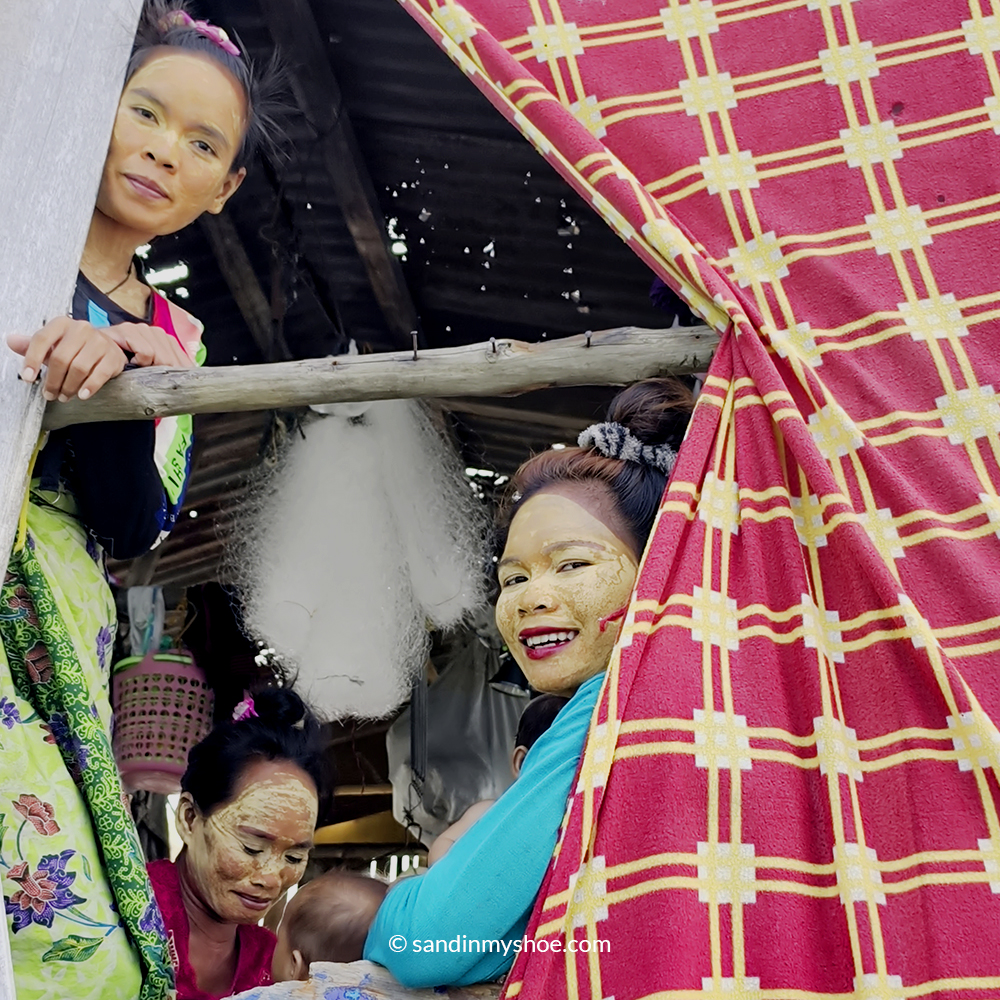
I also noticed the women wearing something yellow on their faces. I asked the captain to translate, and he explained that it was a sun protector made from mud found on nearby islands. Despite the harsh living conditions, they still took pride in their appearance.
Life in the Water Village
Gliding through the village, I saw small homes—often shared by several families. Three families with children sometimes lived in a single 25-square-meter hut. It was a tight squeeze, but this was the reality of life here. I couldn’t help but wonder how they made it work—what happened when people didn’t get along, or just needed a moment alone? Out here, if you want privacy, maybe the only option is to take a swim.
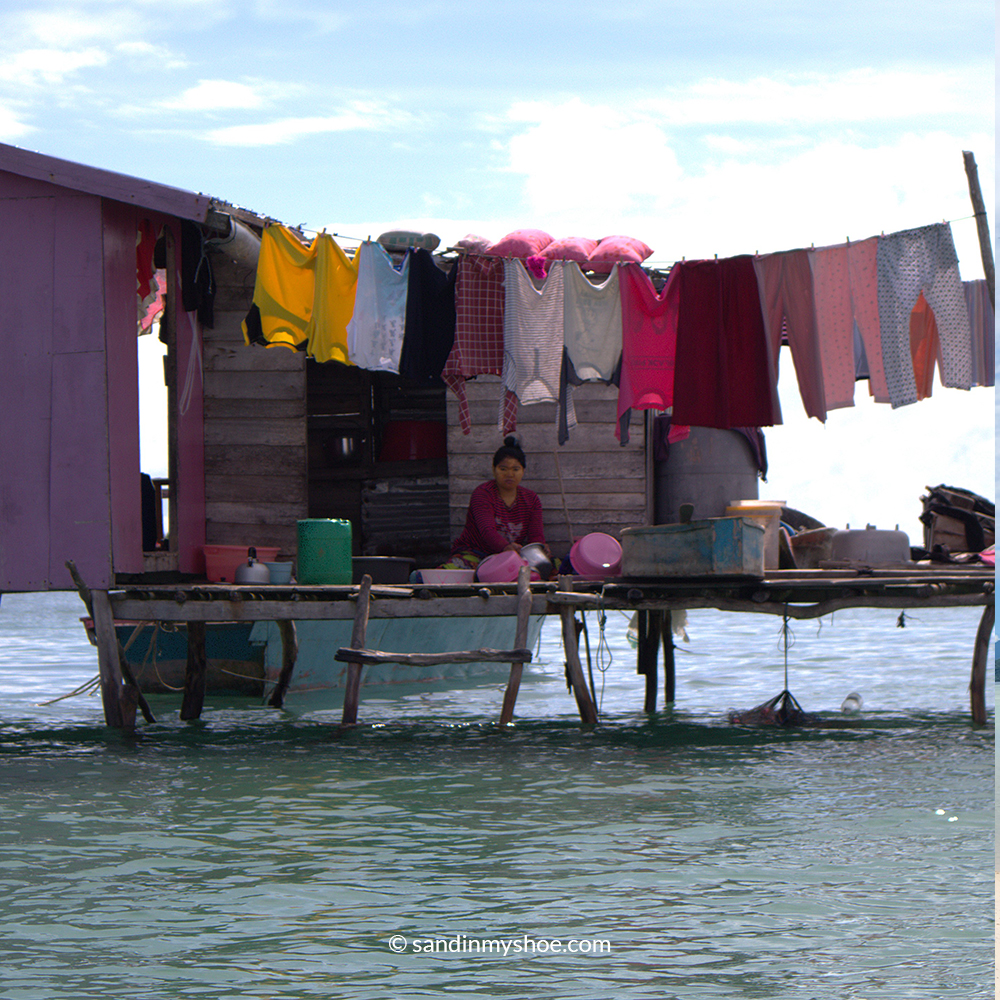

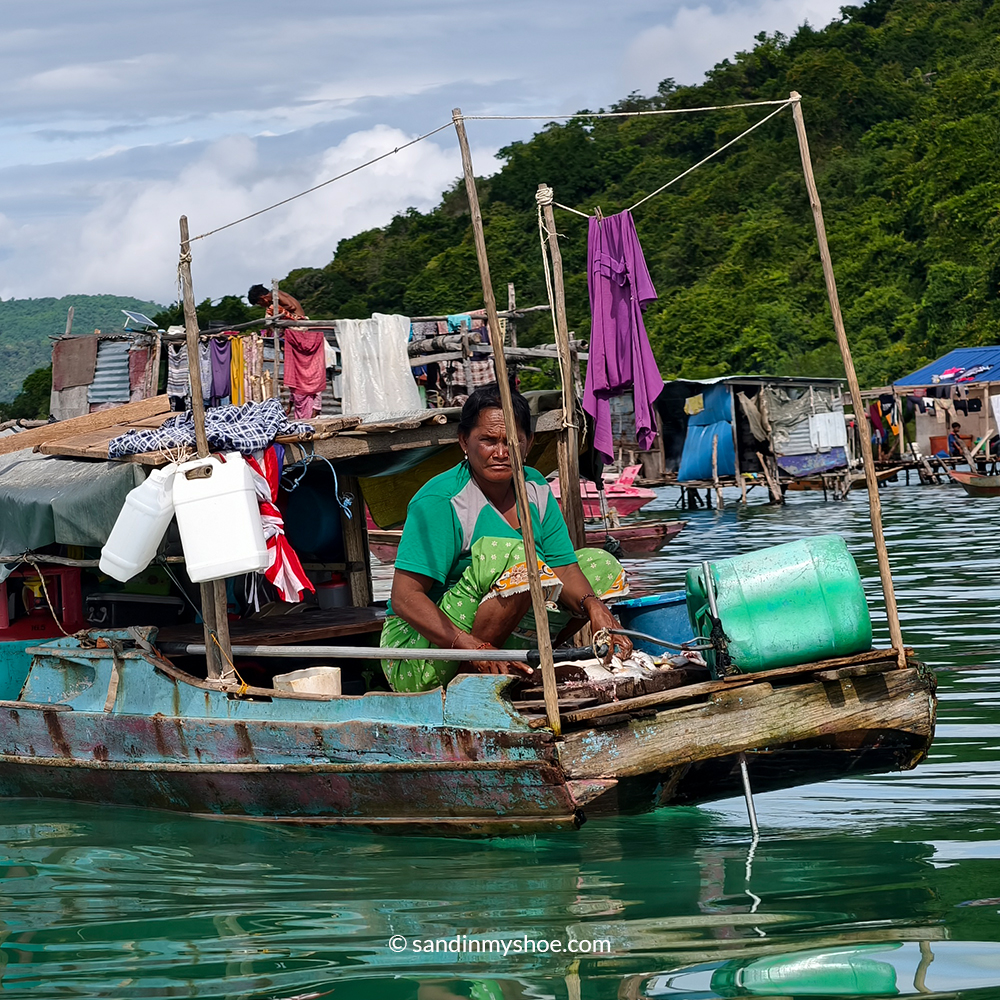
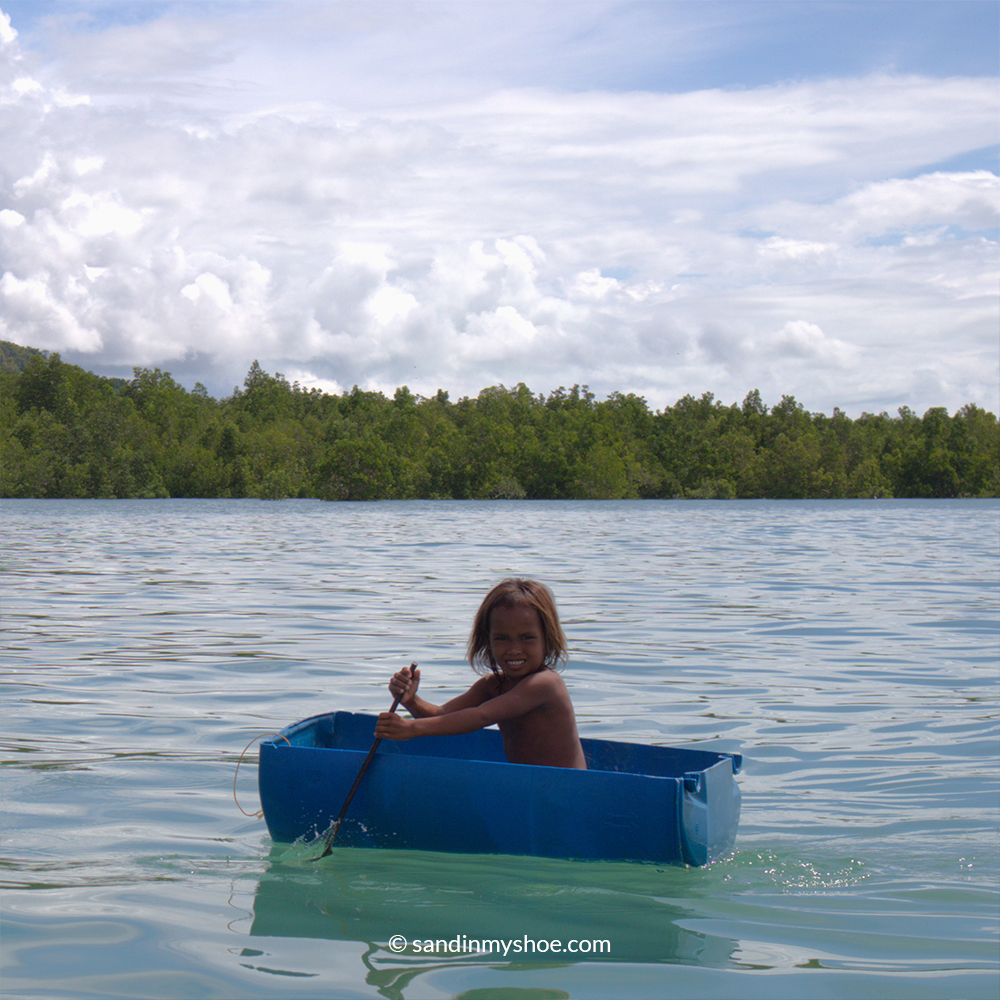
A Cautionary Tale
While exploring, I asked the captain to take me to other nearby sea villages. But he refused, explaining that those villages were home to the Suluk people. He warned me it could be dangerous—there had been kidnappings in the past, allegedly involving members of that community. The Suluk are a distinct ethnic group who also live in close connection with the sea, much like the Bajau Laut.
Reflections on the Sea Gypsies of Malaysia
Seeing the Bajau Laut people up close was both awe-inspiring and humbling. It’s one thing to read about nomads of the sea, another to float through their villages, watching them live in rhythm with the ocean.
It made me think about the ovarian lottery—the randomness of birth. I was lucky to be born into comfort. These children were born into uncertainty, statelessness, and beauty all at once.
And yet—they smiled more than many people I know.
Final Thoughts
If you ever find yourself in Borneo and feel tempted to venture beyond the typical travel brochures, know this: the Sea Gypsies of Malaysia still exist—but you won’t find them through any tour. You’ll need to do your own research and arrange the journey yourself—Just go to the harbour of Semporna and start chatting with the boatmen.
And when you go, bring a small offerings to the people of the sea village—a bag of rice, a pack of cookies. Even the simplest gesture can go a long way in showing kindness and respect.
But it’s worth every effort.
Because when you find them, you don’t just visit another culture.
You catch a rare glimpse of a vanishing way of life, one shaped entirely by the sea—and possibly gone within a generation.


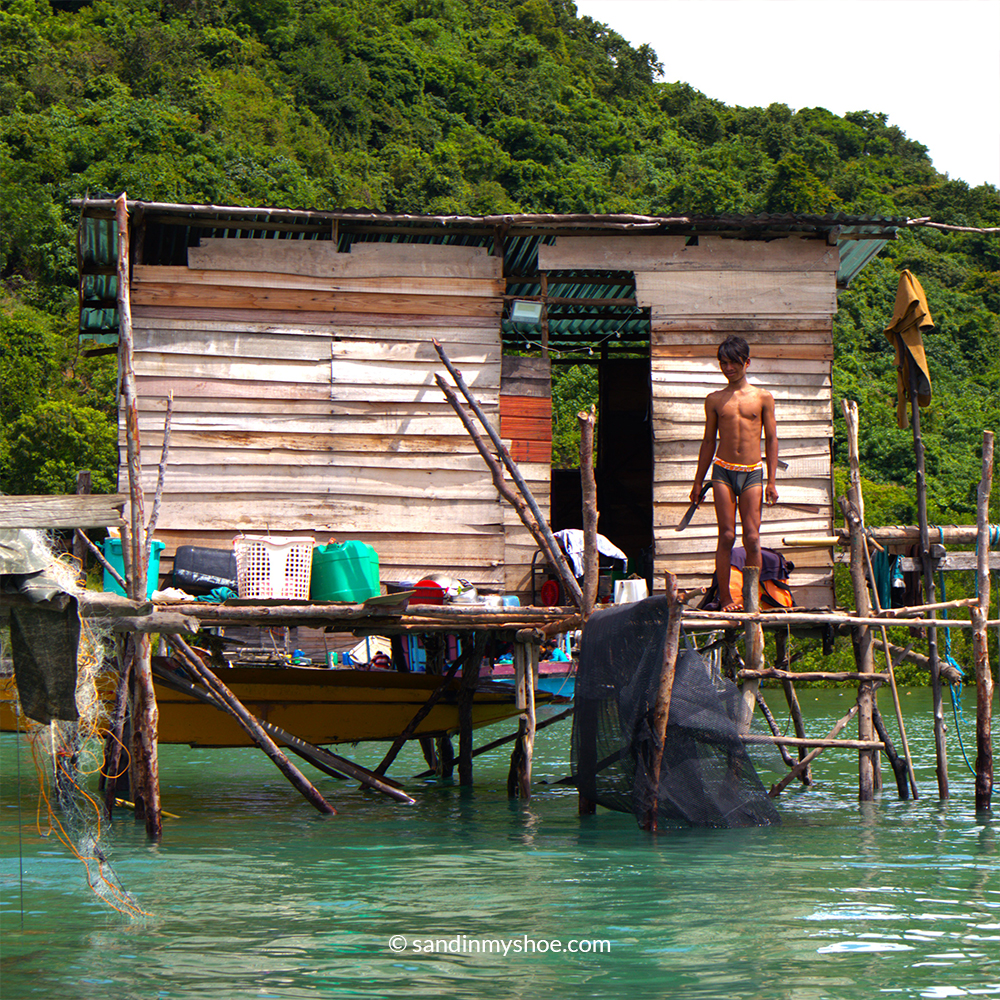




Hi Petteri Palo! Enjoyed your sharing about sea gypsies. I am visiting Semporna this weekend and would love to visit safe areas with sea gypsies with my young family. Do you think it’s ok, advisable? At Pulau Menampulik looks like a safe place. And if I decide to visit, who should I contact? Did you keep any information and how much did it cost?
Hi Jun! Sorry for the late reply. I’m glad you enjoyed it. I felt safe visiting Pulau Menampulik and would recommend it. The best way is to go down to the docks in Semporna and talk to the boatmen there. I paid around 100 ringgit (about $20). If you look at my pictures, you’ll see the captain I went with—I found him at the docks.
Good luck!